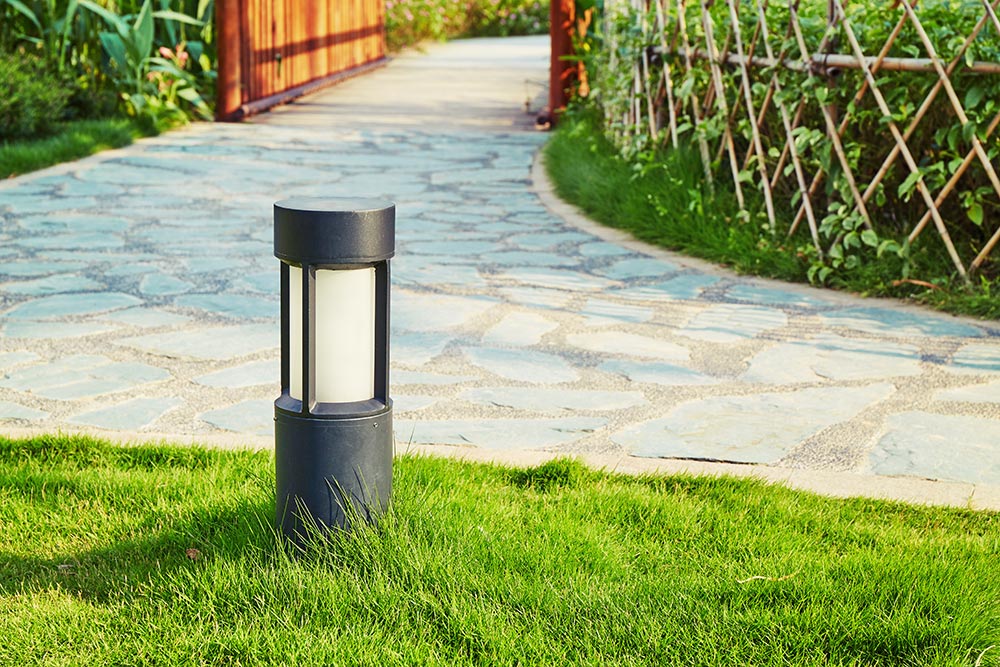In a world where technology and nature often collide, lighting stands as a beacon of human ingenuity. From the incandescent bulbs of yesteryear to the modern LEDs, lighting systems have evolved not just in efficiency but also in durability. The design of these bulbs to withstand the elements is a testament to engineering prowess. However, despite their robustness, regular checks and inspections remain crucial for ensuring their longevity and safety. In this article, we explore the intricate design features that enable light bulbs and LEDs to endure harsh environmental conditions and the importance of maintaining them.
The Engineering Behind Durable Lighting:
Materials and Construction: Traditional bulbs and modern LEDs are made from materials chosen for their durability. The glass used in bulbs is often tempered or reinforced to resist breakage. In LEDs, the use of sturdy plastics and metals ensures they can withstand impact and temperature variations.
Sealing and Waterproofing: One of the critical aspects of outdoor lighting design is preventing water ingress. Manufacturers use tight seals and gaskets to protect the electrical components inside bulbs and LED units. This waterproofing is crucial, especially in areas with high humidity or frequent rainfall.
Thermal Management: Both traditional bulbs and LEDs generate heat, but managing this heat is essential for LEDs to ensure a long lifespan. LED designs include heat sinks and other thermal management techniques to dissipate heat effectively, preventing damage from high temperatures.
UV Resistance: Prolonged exposure to sunlight can degrade many materials. Therefore, bulbs and LEDs designed for outdoor use are often treated with UV-resistant coatings to protect against sunlight damage.
Vibration Resistance: In areas with high winds or near heavy machinery, vibration can be an issue. Light bulbs and LEDs are designed with sturdy filaments and solid-state components, respectively, to endure these vibrations.
The Need for Regular Checks and Inspections:
Despite their robust design, regular checks and inspections of light bulbs and LEDs are essential for several reasons:
Early Detection of Issues: Regular inspections help in the early detection of problems such as water ingress, cracks, or seal deterioration. Early intervention can prevent more significant issues down the line.
Ensuring Optimal Performance: Over time, the performance of lighting systems can degrade. Regular checks ensure that they operate at maximum efficiency, providing the best illumination and energy savings.
Safety Concerns: Faulty lighting can pose safety risks, especially in outdoor or industrial settings. Regular inspections help ensure that these risks are minimized by identifying and rectifying potential hazards like loose connections or damaged fixtures.
Extending Lifespan: By addressing minor issues promptly through regular checks, the lifespan of lighting fixtures can be significantly extended, reducing the need for frequent replacements.
Compliance with Regulations: In some areas, there are regulations and standards for outdoor and industrial lighting. Regular inspections ensure compliance with these regulations, avoiding penalties or legal issues.
Maintenance Tips for Lighting Systems:
Scheduled Inspections: Set a regular schedule for inspecting lighting systems. This could be monthly, quarterly, or bi-annually, depending on the environment and usage.
Professional Assessments: For complex or high-risk environments, consider hiring professionals to conduct thorough inspections and maintenance.
Cleaning: Regularly clean light fixtures to prevent dirt and debris from affecting their performance. This is especially important for outdoor lights where dirt accumulation is more likely.
Upgrade When Necessary: If lights are frequently failing or showing signs of wear, consider upgrading to more durable models or the latest technology.
Monitor for Environmental Changes: Be mindful of changes in the environment, such as new construction that might expose lights to different conditions and adjust maintenance accordingly.
The resilience of light bulbs and LEDs in the face of environmental challenges is a marvel of modern engineering. However, their enduring brilliance is not solely a product of their design but also the care they receive. Regular checks and inspections play a pivotal role in ensuring that our lights not only withstand the elements but also shine brightly and safely, night after night. As we continue to harness the power of light in our lives, let us not forget the importance of maintenance in keeping that light burning bright.

